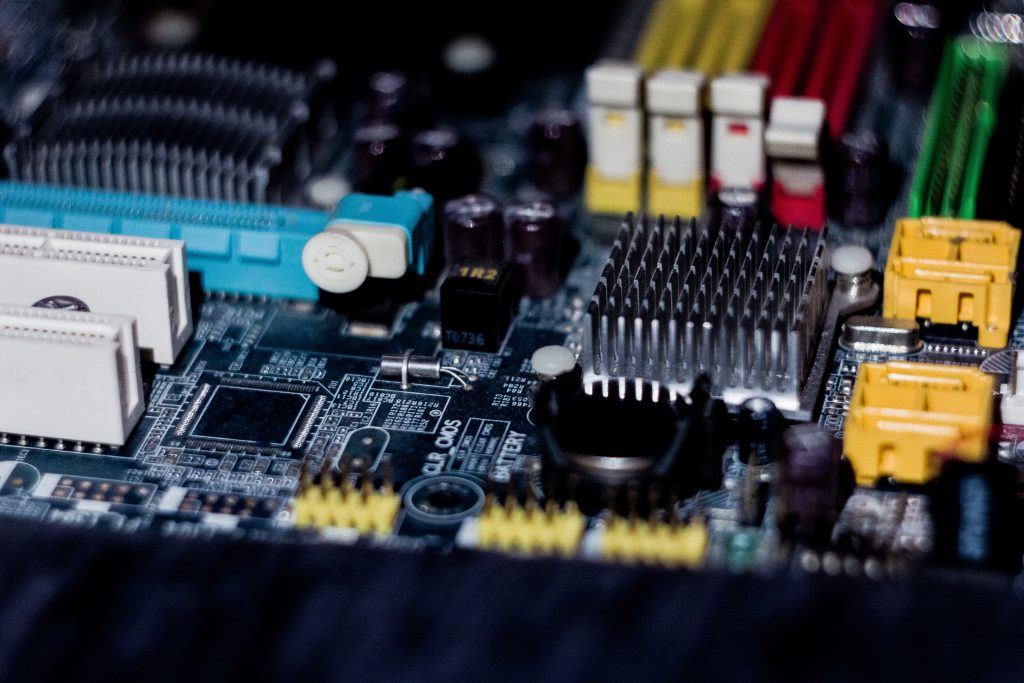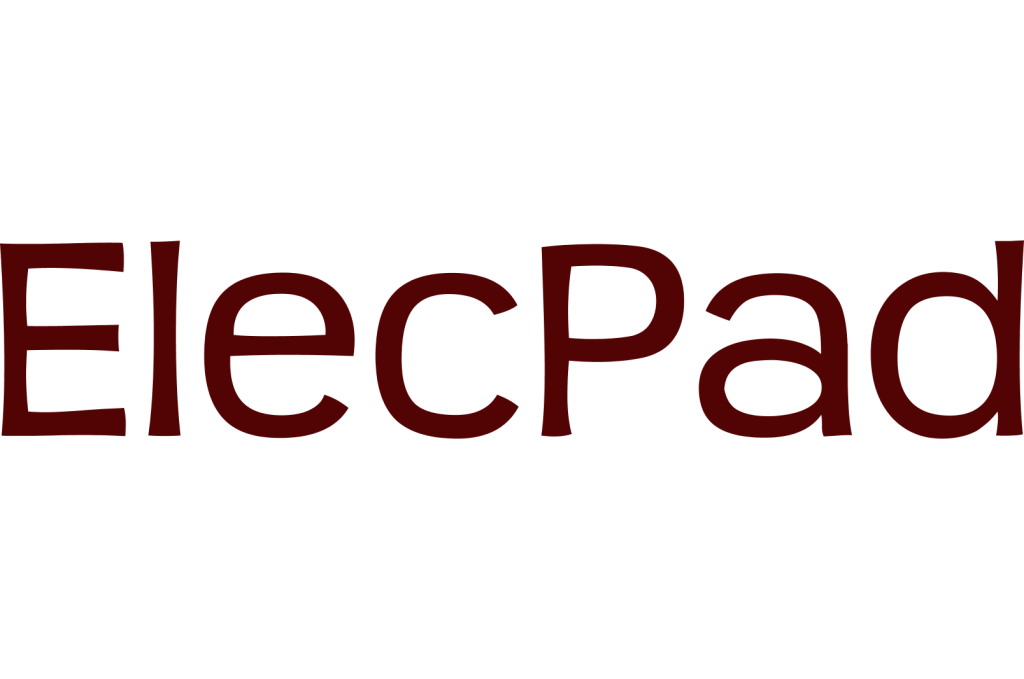Photo by Robert Ruggiero on Unsplash
The development of new technology always leads to new types of data. Processing varying and vast amounts of data require computer architecture. These architectures balance the latency and throughput to ensure the user experience is not compromised. And to enhance the user experience, the computing industry has been switching between general purpose and domain-specific architectures. However, for future workloads, it has now created a dilemma on which of these two solutions will be dominant.
General purpose computing solutions have been around for decades and have been pivotal in enabling day-to-day computing needs. It ranges from servers, desktops, and laptops to different smart devices.
General: General Purpose Solution Are Good At Running Any Type Of Workloads.
Domain: Domain Specific Are Designed For A Given Domain And Have Limited Capabilities.
Similarly, domain-specific computing architecture has provided much-needed bottleneck-free architectural solutions for very high compute-intensive tasks. These applications are only increasing the demand to process more data, for which domain-specific is becoming more critical for such applications than ever.
Technically, there is a clear distinction between the two (general and domain) types of architectural solutions. However, it is creating a dilemma for existing and emerging companies: Which type of architectural solutions to focus on and invest in as part of a long-term strategy?
On top of that, it raises the question from the customers on which of the two options to prefer. More so when the new system is mass-produced for years to come.

Deciding to focus on one or the other is not easier. From a semiconductor company’s point of view, it is all about the business margin. It is also the primary reason the emerging semiconductor XPU-focused companies have started to focus on one of the two solutions based on the target market.
From the customer’s point of view, it all boils down to the benefit and cost impact of opting for one of the two options. It is also where features and long-term support from the chip vendors come into the picture. The target application is another criterion that decides whether a general purpose or domain-specific solution will become handy.
Benefit: Target Systems Need To Weigh The Pros And Cons Of General And Domain Specific.
Cost: Cost Is Also A Major Factor In Deciding System Features.
Apart from all this, the advent of fusion XPU solutions has also started blurring the lines between general purpose and domain-specific solutions. The caveat of fusion solution is the cost and the support of architectural level APIs. These fusion-based products also fall under the heterogeneous domain, which is in the phase of developing the right software platform to enable a smooth transition towards the heterogeneous architectural features.
The need for more powerful and efficient XPUs is only going to increase. General purpose and domain-specific XPU-based solutions provide the required balance of both (performance and efficiency) as per the target domain. However, the feature list of these two different solutions has started to overlap. Sooner or later, it will drive companies and customers to embrace one of the two solutions, or maybe the heterogeneous solution will take over.




















